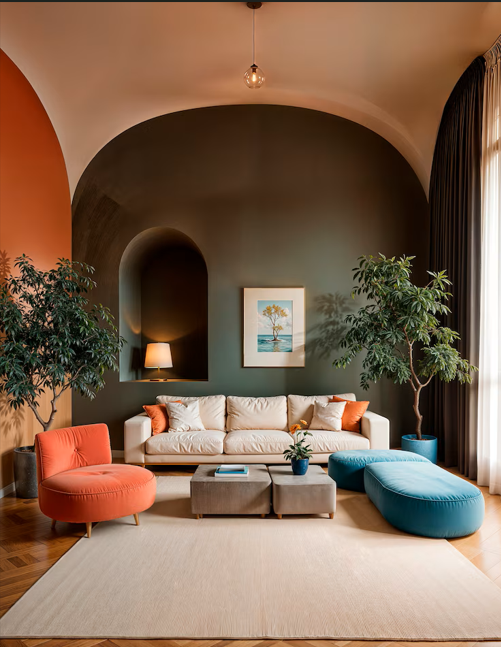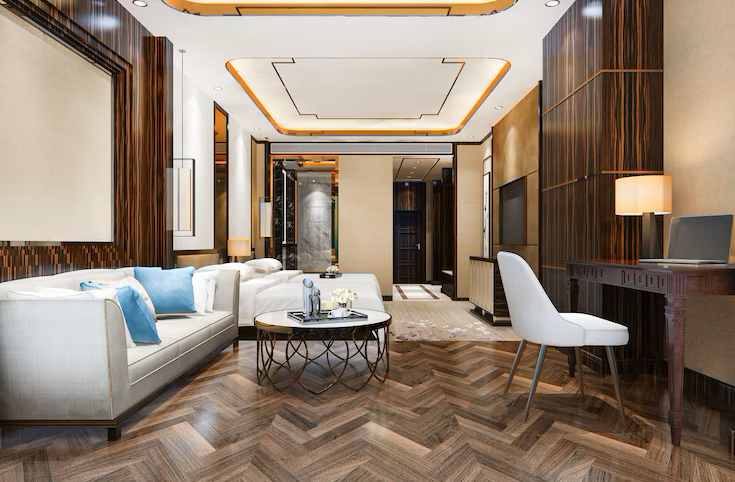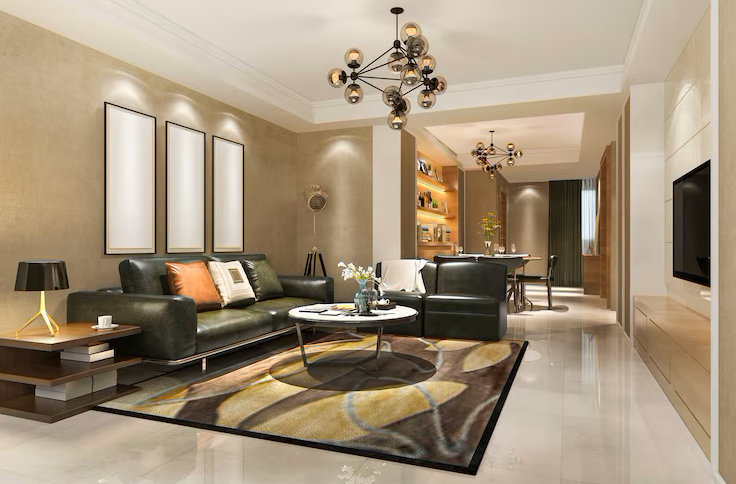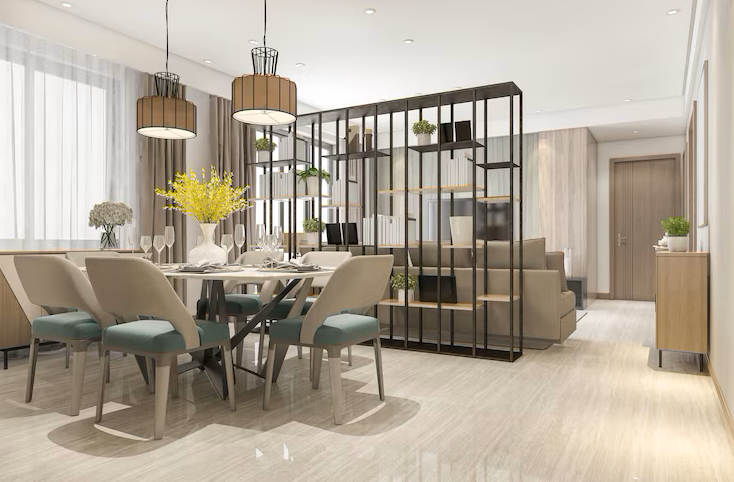How Interior Designers in Chennai Incorporate Vastu Principles into Their Designs
How Interior Designers in Chennai Incorporate Vastu Principles into Their Designs
In the culturally rich and spiritually rooted city of Chennai, home design is not just about aesthetics—it’s deeply connected to tradition, well-being, and positive energy. One of the most influential aspects of Indian architecture and interior design is Vastu Shastra, an ancient science that guides the spatial arrangement of structures to harmonize with natural forces. Many interior designers in Chennai skillfully blend contemporary design with age-old Vastu principles to create spaces that are not only visually appealing but also spiritually aligned.
Let’s explore how professional interior designers in Chennai incorporate Vastu into their projects and why this blend of tradition and modernity is gaining widespread popularity.
Understanding Vastu Shastra in Interior Design
Vastu Shastra, often called the “science of architecture,” offers guidelines on the placement, direction, and orientation of various elements within a space. It aims to balance the five elements of nature—earth, water, fire, air, and space—to promote health, prosperity, and happiness. In Chennai, where cultural heritage is deeply valued, homeowners often seek interiors that align with these principles.
Why Vastu Matters in Chennai Homes
Chennai, like many parts of South India, has a population that places great importance on tradition and spiritual balance. Whether it’s a sprawling independent villa in ECR or a modern apartment in Anna Nagar, Vastu compliance is often a key consideration during home renovations or new interior projects. This is where interior designers in Chennai step in—not only as style experts but also as consultants who understand how to design spaces in harmony with Vastu.
How Interior Designers in Chennai Apply Vastu Principles
1. Entrance Orientation and Layout
The main door is considered the gateway to energy. According to Vastu, the northeast or east-facing entrance is most auspicious. Interior designers ensure that entryways are not cluttered and are well-lit, inviting positive energy into the home.
2. Living Room Arrangement
Designers often place the living room in the northeast, north, or east direction of the home. Seating is arranged in a way that encourages guests to face east or north while sitting—believed to foster healthy communication and harmony.
3. Kitchen Placement
In most Vastu-compliant homes in Chennai, the kitchen is ideally located in the southeast direction, ruled by Agni (the fire element). Interior designers ensure that the cooking stove is placed in a way that the cook faces east while preparing meals. Ventilation, lighting, and material choices also reflect Vastu guidelines.
4. Bedroom Vastu
The master bedroom is usually positioned in the southwest part of the home. Interior designers in Chennai carefully select soothing colors, balanced lighting, and clutter-free arrangements to ensure restful energy. The placement of beds, wardrobes, and mirrors is done with Vastu in mind.
5. Pooja Room Design
In many Chennai homes, a dedicated pooja room is non-negotiable. Designers place the pooja room in the northeast corner, often using natural materials, subtle lighting, and minimal décor to maintain serenity and sanctity.
6. Color Psychology and Elements
Vastu assigns significance to colors—for example, green is ideal for the northeast, while red and orange suit the southeast. Interior designers integrate these color principles in wall paints, furnishings, and décor to enhance energy flow.
7. Balancing Modern Needs with Vastu
Chennai’s urban homes demand modern solutions. Interior designers creatively align Vastu with modern-day functionality—incorporating modular kitchens, smart lighting, and contemporary furniture—all while maintaining the underlying principles of Vastu Shastra.
Challenges and Solutions
One of the biggest challenges interior designers face is adapting Vastu in pre-constructed apartments or limited spaces. However, the experienced interior designers in Chennai are known for their innovative approaches—using mirrors to redirect energy, adding Vastu-friendly colors, or repositioning elements within the existing layout to enhance balance.
Conclusion
The integration of Vastu Shastra into interior design is not just a trend in Chennai—it’s a reflection of a deeper cultural ethos. Interior designers in Chennai are at the forefront of this movement, blending traditional wisdom with modern aesthetics to craft homes that are beautiful, balanced, and full of positive energy.
For homeowners looking to create a harmonious living space that respects both design and spirituality, working with a Chennai-based designer well-versed in Vastu is an invaluable choice.





